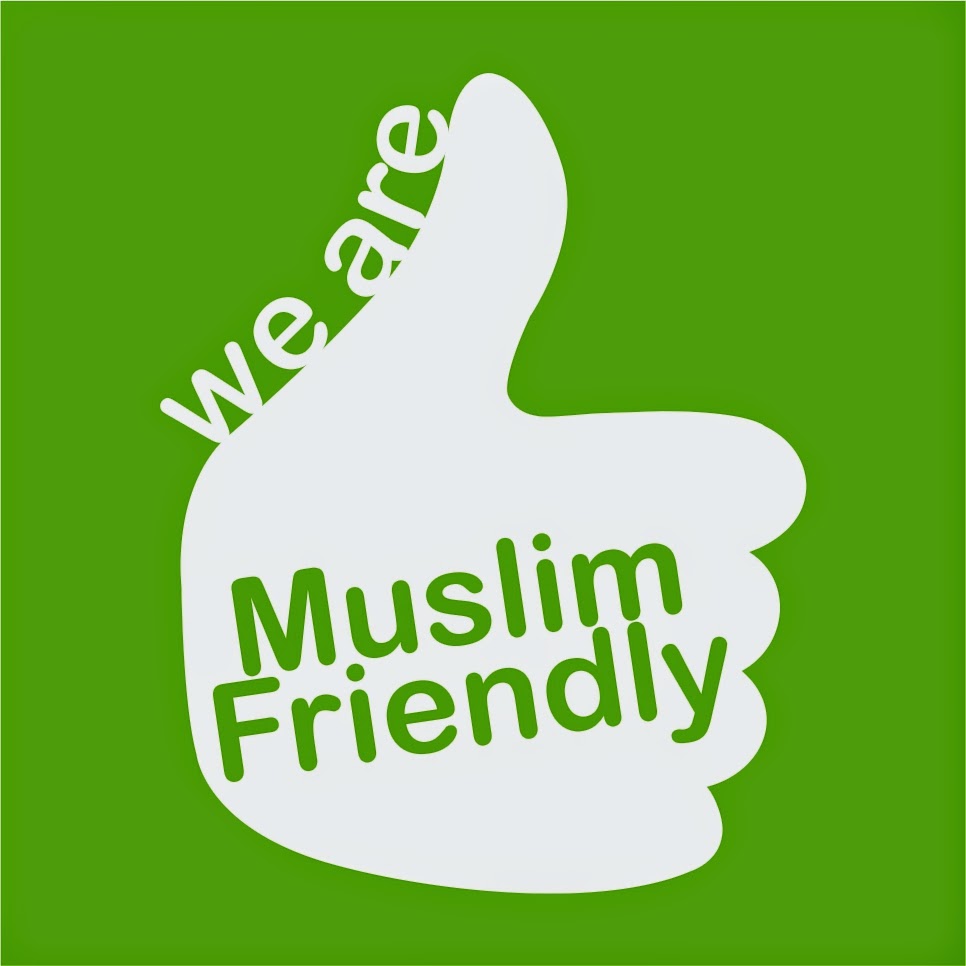Crafts are grouped according to type, with the finer crafts located close to the Great Mosque. Each craft is organised into a guild, with apprentices working under master craftsmen for several years. Only when an apprentice is deemed to have the necessary skills and mental application will the master craftsman declare him fit to work alone. The traditional crafts of Morocco still make the best bargains. Here's our guide to the best souvenirs to bring back from Morocco.
What to buy in Morocco
Carpets
First and most prominent of the handicraft traditions are carpets and rugs, hand-knotted and in some cases, still coloured with vegetable dyes. Designs (apart from the Turkish-inspired patterns of Rabat carpets) are predominantly traditional to Berber tribes.Their colours and symbolic motifs enable experts to pin down not only the area in which a carpet was produced but sometimes the tribe or even family that made it.
Top-quality carpets sell for thousands of dirhams; more affordable and easily portable are Berber rugs, kilims or blankets. Try the small country souks around Marrakech.
Edibles – spices, nuts, oils, olives, sweets
Edibles are a popular purchase. As well as spices, nuts, herbs, olives and Moroccan sweets, possible buys include argan oil, produced in the southwest. It is sold, either on its own or mixed with ground almonds (a nut butter called amalou).
Because of its high value, it is difficult to guarantee that the oil has not been mixed with olive oil.
One way of being sure that the oil you buy is 100 percent pure is to buy from one of the women’s cooperatives organised by the Projet Conservation et Développement de l’Arganeraie, which markets its oil to supermarkets under the name Cooperative Tissaliwine and has the EU-approved certificate of producing an organic product.
Leather
Leather goods are widespread, from unpolished leather bags and belts to distinctive pointed slippers (babouches) and ornate pouffes, studded and dyed. Some leather goods are finished in a style closer to Italian designer luggage.In all cases, price should go hand in hand with quality, so check the hide and workmanship before buying. Printed boxes and bookbindings have become the victims of their imitators and too often look tacky.
Jewellery
 Jewellery is available for sale everywhere, although one of the best
places to buy it is in Tiznit’s famous silversmiths’ souk and in the
souks of Taroudant, Essaouira and Marrakech.
Jewellery is available for sale everywhere, although one of the best
places to buy it is in Tiznit’s famous silversmiths’ souk and in the
souks of Taroudant, Essaouira and Marrakech.Dull silver is the basic material: heavy but beautifully decorated bracelets, delicate filigree rings, chunky necklaces of semi-precious stones (or occasionally of plastic, for the unwary) are most commonly found.
Slightly more unusual, and sometimes antique, are decorated daggers, scabbards, or Qur’an boxes, covered with silver-wire decoration.
The fastenings are often a weak point. Beware, too, of silver-plating masking what the Moroccans call b’shi-b’shi – meaning rubbish.
Marquetry
Marquetry is another traditional craft: wooden furniture, ornaments, chess sets and small wooden boxes made in cedar, thuya and oak, as well as boxes and mirror frames inlaid with camel bone.Many wooden goods are inlaid with veneers or mother of pearl. Often the quality of finish is less than ideal: hinges are points to watch.
The woodworkers’ ateliers at Essaouira are an ideal place to buy (and to watch the manufacturing process).
Metalwork
Metalwork ranges from copper or brass items such as trays with fine, ornate hammered designs (which, along with a small folding wooden stand, make attractive tables) to wrought-iron and pierced copper or brass lanterns, mirror frames and tables with tiny hand-carved zellige-tile inlaid tops.There is also custom-made, contemporary designer furniture which is in good supply in Marrakech’s ironworkers’ souk near Madrassa Ben Youssef.
Ceramics & Pottery
Pottery ranges from the rough earthenware of household pots and crocks to gaudy (and predominantly tourist-orientated) designs and beautiful blue and white, green or coloured ceramics from the main pottery centres of Safi, Fez, Meknes and Salé. Marrakech and Essaouira both have extensive pottery souks.The more refined, detailed (and expensive) pieces usually come from Fez, while Safi is famous for its dark-green-coloured pieces. In Marrakech you can find almost anything, including modern takes on traditional designs.
Perfume
 Perfume is loved by Moroccans of both sexes.
Perfume is loved by Moroccans of both sexes.Western brands are admired, but traditional scents, such as musk, orange flower, patchouli and amber, remain popular and are usually found in pure essential oil form in the spice souks and apothecaries of most medinas.
Incense is used in the home on special occasions and for perfuming clothes.






























